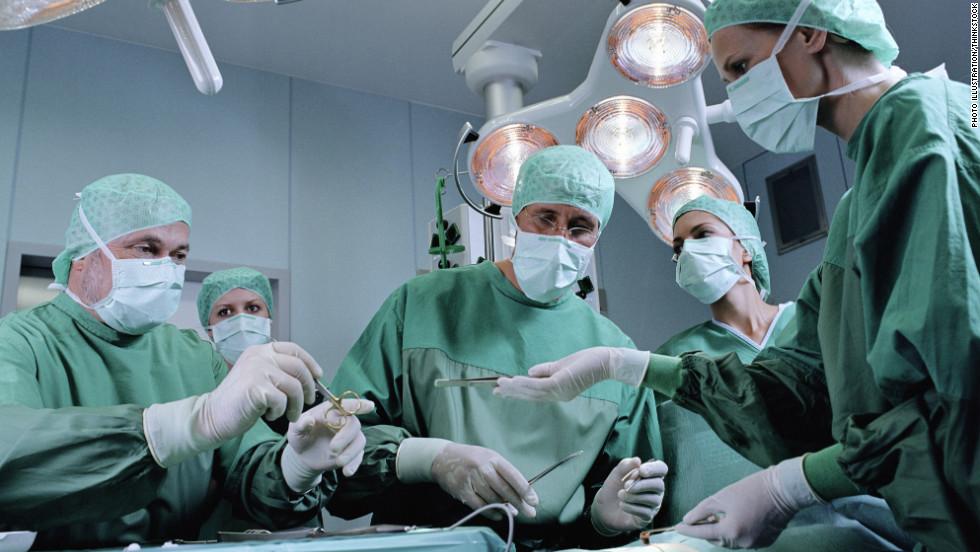The process of providing medical care that alleviates or reduces pain. Mild to moderate pain can usually be treated with analgesic medications, such as aspirin. For chronic or severe pain, opiates and other narcotics may be used, sometimes in concert with analgesics; with steroids or non-steroidal anti-inflammatory drugs when the pain is related to inflammation; … Continue reading Pain Management
Peripheral Arterial Disease PAD Awareness Month September
September is The National Institute of Health’s (NIH) Peripheral Arterial Disease PAD Awareness month, and here at Precision Vascular and Interventional (Precision VIR), we agree that it is important to educate our patients on this crippling and costly disease. PAD, in simpler terms, is when the arteries of the legs become clogged from atherosclerotic plaque … Continue reading Peripheral Arterial Disease PAD Awareness Month September
Learn About Interventional Radiology in New Online Documentary
What if a doctor could save your limb, your liver, your brain … your life, and send you home with only a Band-Aid? No Surgery, No Stitches, No Scars. This is the tag-line of the new documentary series released on Amazon showcasing interventional radiology. Without a Scalpel is a 40-minute episode featuring the stories of … Continue reading Learn About Interventional Radiology in New Online Documentary
Leg Restlessness
Lower Extremity Venous Insufficiency Leg Restlessness. Patients with chronic lower extremity venous insufficiency may describe the feeling of the constant urge to move their legs, particularly at night. This sensation may be caused by restless legs syndrome (RLS). One mechanism to explain this sensation may be that when the blood is not emptying out of … Continue reading Leg Restlessness
Venous Leg Ulcers
Personalized Medical Treatment for Venous Leg Ulcers: The most severe manifestation of venous disease is when inadequate blood flow from venous congestion causes weakening of the immune system, namely white blood cells. The weakened immune system and venous congestion combination can cause a local build up of toxins in the tissues of the legs, most … Continue reading Venous Leg Ulcers
Skin Discoloration & Hyperpigmentation
Personalized Medical Treatment for Skin Discoloration & Hyperpigmentation Skin discoloration happens when iron from the red blood cells gets deposited under the skin and “stains” the skin. This occurs when there is increased venous congestion causing a leaking of red blood cells into the tissues, especially the lower legs. The venous congestion can be from underlying varicose veins. When … Continue reading Skin Discoloration & Hyperpigmentation
Venous Stasis Dermatitis
Venous Stasis Dermatitis is a Result of Venous Hypertension in the Legs Venous stasis dermatitis is a manifestation of advanced vein disease that affects the skin in the lower leg. It is commonly misdiagnosed with patients potentially going years without identification of the true cause; underlying vein disease. Venous stasis dermatitis is a result of venous hypertension in the legs. … Continue reading Venous Stasis Dermatitis
Superficial Phlebitis and Acute Thrombophlebitis
What Is Phlebitis? Up to a fourth of all patients with varicose veins and lower extremity venous insufficiency will have an episode of clotting of a varicosity. This can be nearly invisible or can be located just underneath the skin. This condition is called acute superficial thrombophlebitis. The condition causes pain and discomfort but is usually self-limiting. It should, however, be … Continue reading Superficial Phlebitis and Acute Thrombophlebitis
Leg Cramping
Leg Cramping is a Common Symptom of Venous Disease An extremely common symptom of venous disease in the legs is cramping. Cramping is most often worse at night, or after a long day of sitting or standing. The cramping sensation is often an indication that fluid is accumulating during the day due to increased venous … Continue reading Leg Cramping
Conservative Treatment
Non-invasive Vein Treatment Option Conservative treatment refers to non-invasive options such as lifestyle changes (eating less, exercising more, losing weight, etc.) and wearing compression stockings. The objective of the conservative approach is to support the venous circulation of the legs in order to minimize symptoms and slow the development of new diseased veins. This treatment … Continue reading Conservative Treatment










